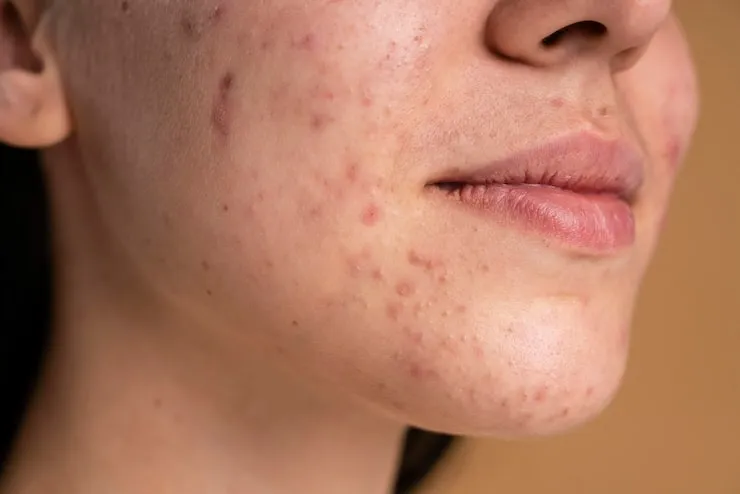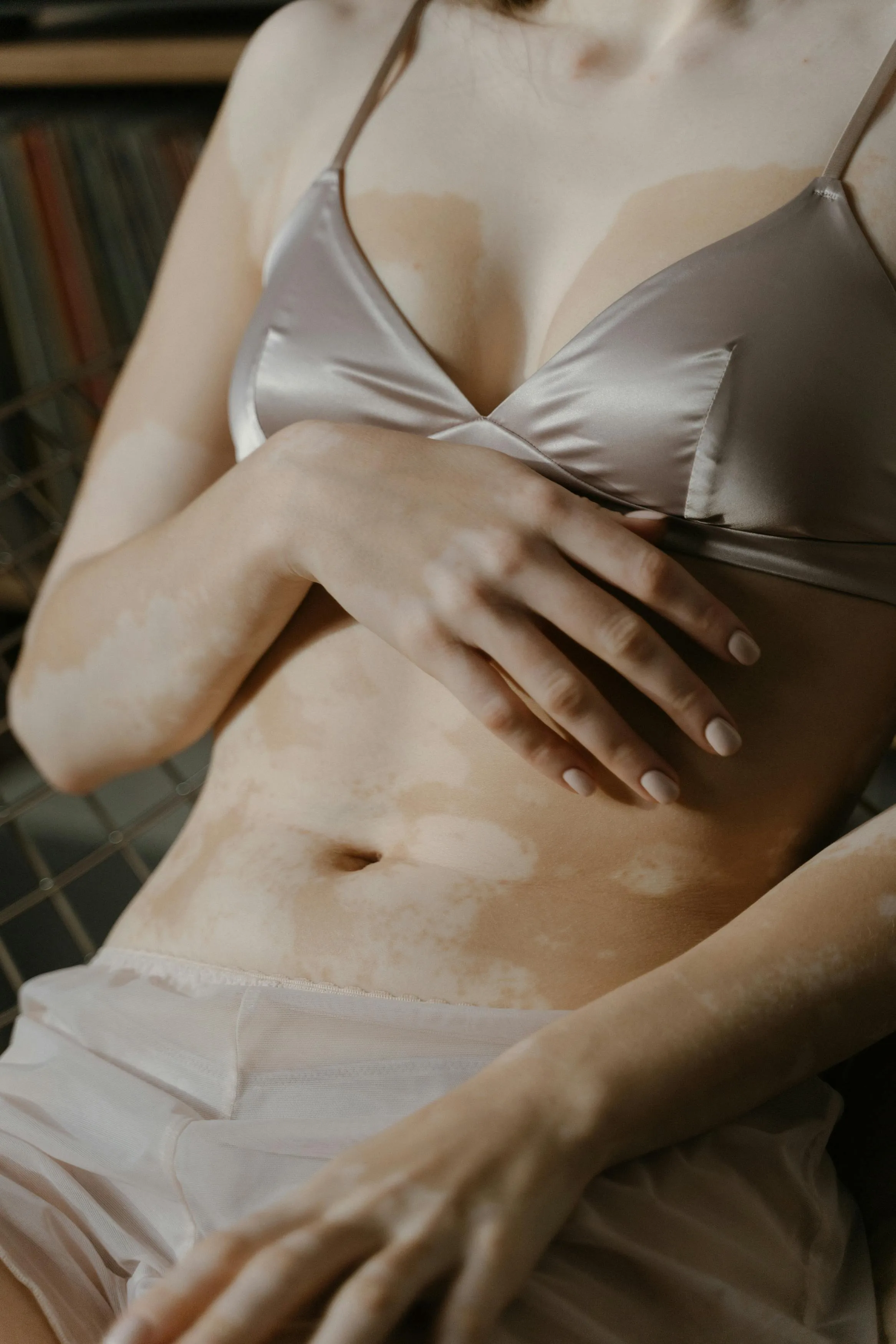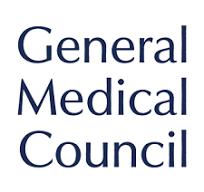What Is Pigmentation Removal?
Pigmentation removal refers to a range of dermatology-led treatments designed to target excess melanin (the natural pigment in skin). When melanin clusters unevenly, it creates dark patches, spots, or discolouration — commonly called hyperpigmentation.
Our pigmentation removal treatments:
- Fade dark spots, age spots, and sun damage
- Address melasma caused by hormones or pregnancy
- Improve post-inflammatory marks left after acne or eczema
- Even out your overall complexion for healthier-looking skin
Unlike cosmetic-only treatments, Revitalise London provides medically-led care, meaning your skin is properly assessed, treated, and supported for long-term results.

Who Is Pigmentation Removal For?
Pigmentation removal may be suitable if:
- You have stubborn sun spots, melasma, or acne marks that don’t improve with at-home skincare.
- Your pigmentation is becoming more noticeable with age or sun exposure.
- Makeup no longer covers patches as effectively as it once did.
- You’ve tried cosmetic facials or over-the-counter creams with little or no improvement.
- Pigmentation is affecting your confidence or causing uneven skin tone.
At Revitalise London, we help patients who are looking not just for cosmetic cover-ups, but for long-lasting, medical solutions tailored to their skin type and concerns.
Types of Pigmentation We Treat
We treat a wide spectrum of pigmentation concerns, including:
- Melasma brown or grey patches typically on the face
- Sun spots / age spots caused by long-term UV exposure
- Post-inflammatory hyperpigmentation acne or scar-related marks
- Freckles & diffuse pigmentation common in lighter skin tones
Each condition requires a different treatment approach. Our dermatologists specialise in personalised care to ensure maximum safety and results for your unique skin.
Causes of Hyperpigmentation
Understanding what causes pigmentation helps us select the right treatment plan for you.
The most common causes include:
- 🌞 Sun exposure & UV damage the leading cause of freckles, sun spots, and uneven tone.
- 🤰 Hormonal changes melasma often develops during pregnancy or with hormonal contraceptives.
- 😷 Post-inflammatory pigmentation (PIH) dark marks after acne, eczema, psoriasis, or injury.
- ⏳ Ageing cumulative UV damage often leads to age spots on the face, chest, and hands.
- 🧬 Genetics certain skin types are more prone to pigmentation changes.
At Revitalise London, we diagnose the root cause, ensuring your treatment is not just cosmetic but medically tailored for lasting improvements.
Not sure what’s causing your pigmentation? Learn more about different Pigmentation Disorders and how they develop.
Advanced Pigmentation Removal Treatments
At Revitalise London, we offer a wide portfolio of evidence-based treatments, often used in combination for stubborn pigmentation:
- Laser therapy gold-standard for targeting melanin clusters deep in the skin. Works best for age spots, sun spots, and melasma.
- Chemical peels resurface the top layer of skin, reducing discolouration and improving overall texture.
- Microneedling with brightening serums stimulates skin repair while enhancing pigment reduction.
- Tranexamic acid injections especially effective for melasma.
- IV drips and antioxidant therapy support skin health and reduce oxidative stress.
- Medical-grade skincare customised maintenance routines to protect and prolong results.
Every treatment is carried out in our CQC-registered clinic under strict clinical standards.

Areas We Commonly Treat
Pigmentation isn’t limited to the face. We help patients restore clarity and confidence across multiple areas:
- Face the most common area for pigmentation, including cheeks, forehead, and jawline. Our laser and peel combinations restore a radiant complexion.
- Hands one of the first places to show sun damage and age spots. We rejuvenate hands for a youthful appearance.
- Chest & décolletage pigmentation from sun damage or ageing can be visibly reduced.
- Body (back, arms, legs) we treat stubborn pigmentation caused by sun, inflammation, or trauma.
Each area is treated with the most suitable protocol, ensuring safety for all skin types, including darker tones.
Results & Recovery
Patients often see visible improvements after just 1–3 sessions, though optimal results depend on the type and severity of pigmentation.
- Downtime usually minimal, with some redness or flaking depending on treatment.
- Results gradual fading of dark patches, brighter complexion, smoother skin tone.
- Maintenance ongoing skincare, sun protection, and possible top-up treatments to prevent recurrence.
Our dermatologists provide a clear treatment roadmap so you know exactly what to expect.
100% Satisfaction Guarantee
If you're not completely satisfied with your treatment results within 30 days, we'll provide a refund or free re-treatment. Your satisfaction is our priority.
Licensed & Insured • Risk-Free Treatment
Why Choose Revitalise London for Vitiligo Treatment?
We combine clinical excellence with a patient-first approach. Here's why hundreds trust us:
Nathalie Emmanuel
Actress - Game of Thrones Star
Had a wonderful experience with Dr Ken and his staff with my forehead lipoma removal. Thorough in planning before the procedure and so far, l've had a great experience with aftercare. When I had any questions there was always someone available to answer them.

Our Medical Team
Meet the experienced professionals who will provide your care
Our Accreditations
Trusted by healthcare regulators and professional bodies for maintaining the highest standards of medical care and patient safety.



🛡️ Regulated & Certified Healthcare
All treatments are performed by GMC registered doctors in our CQC regulated clinic, ensuring the highest standards of safety and care.
FAQs About Vitiligo
There is no permanent cure for vitiligo, but treatments like topical steroids, light therapy, and microneedling can help restore pigment. Results vary by person and require consistent care.
Yes, vitiligo can spread slowly or rapidly depending on the individual. Early treatment may help reduce the risk of further pigment loss.
Yes, vitiligo can come back even after successful treatment. Ongoing management is often necessary to maintain pigment and prevent new patches.
No, vitiligo is not painful or physically harmful. However, it can significantly affect emotional well-being and confidence, especially when it affects visible areas.
Vitiligo is an autoimmune condition where the immune system attacks pigment-producing cells (melanocytes). It may be linked to genetics, stress, or other autoimmune disorders.
No, vitiligo is not contagious and cannot be spread from person to person. It’s a non-infectious skin condition caused by internal factors, not contact.
Book Appointment
Book your appointment in 4 simple steps
Quick Contact Details
Secure your spot! Only 2 minutes to complete
Your Treatment Plan
⚡ Only some slots remaining this week at discounted rate!
➕ Optional Add-On Treatments
Prescription
Prescription
Additional Mole
Additional Mole
📅 Select Appointment
Available Times
Please select an available date above.
✅ Selected Appointment
Dr. Mitchell will conduct your consultation and treatment
✅ Review & Confirm Your Booking
By completing this request, you agree to our Terms of Service and Privacy Policy. Treatment subject to medical consultation and suitability assessment.





